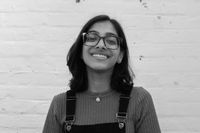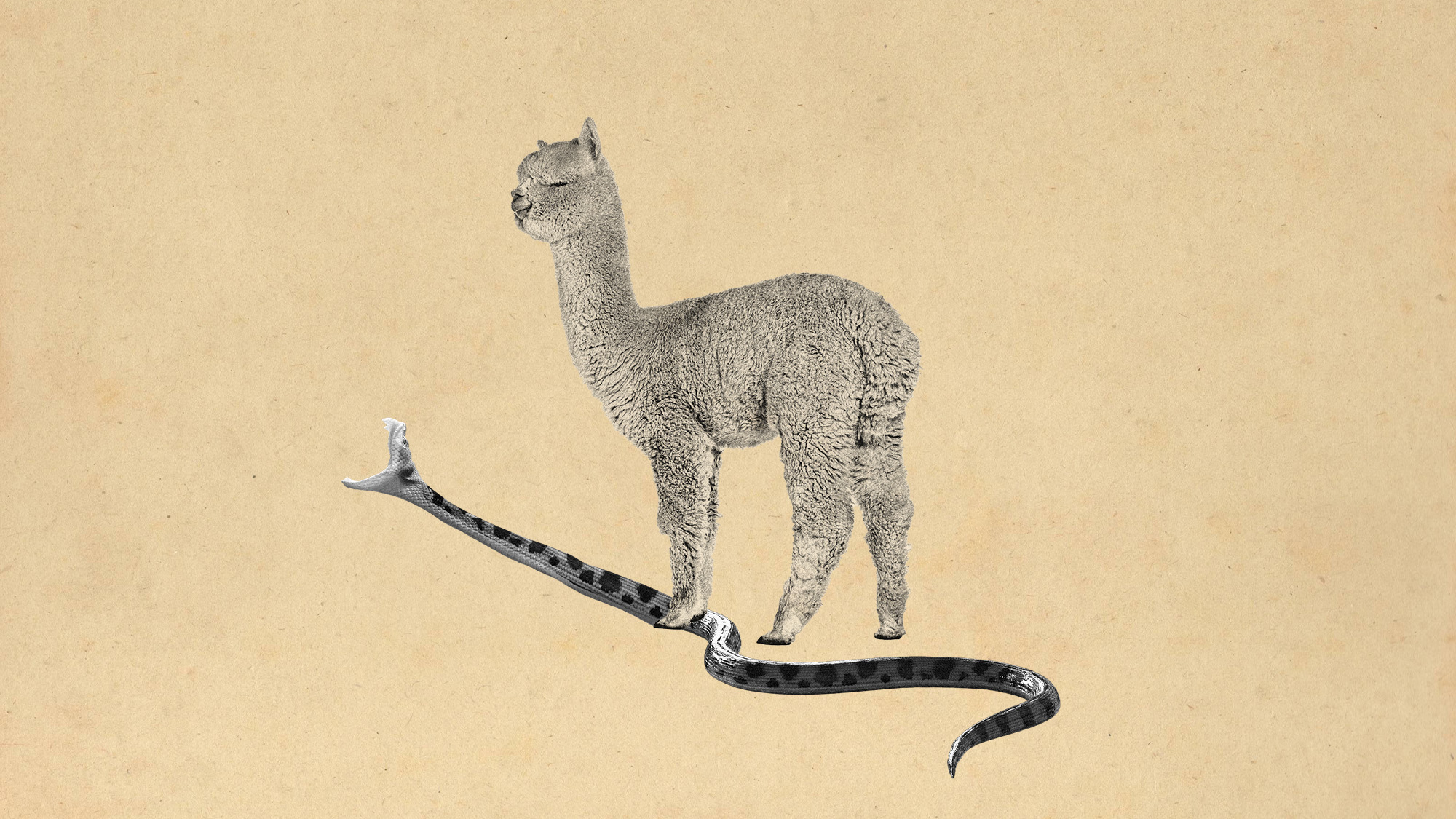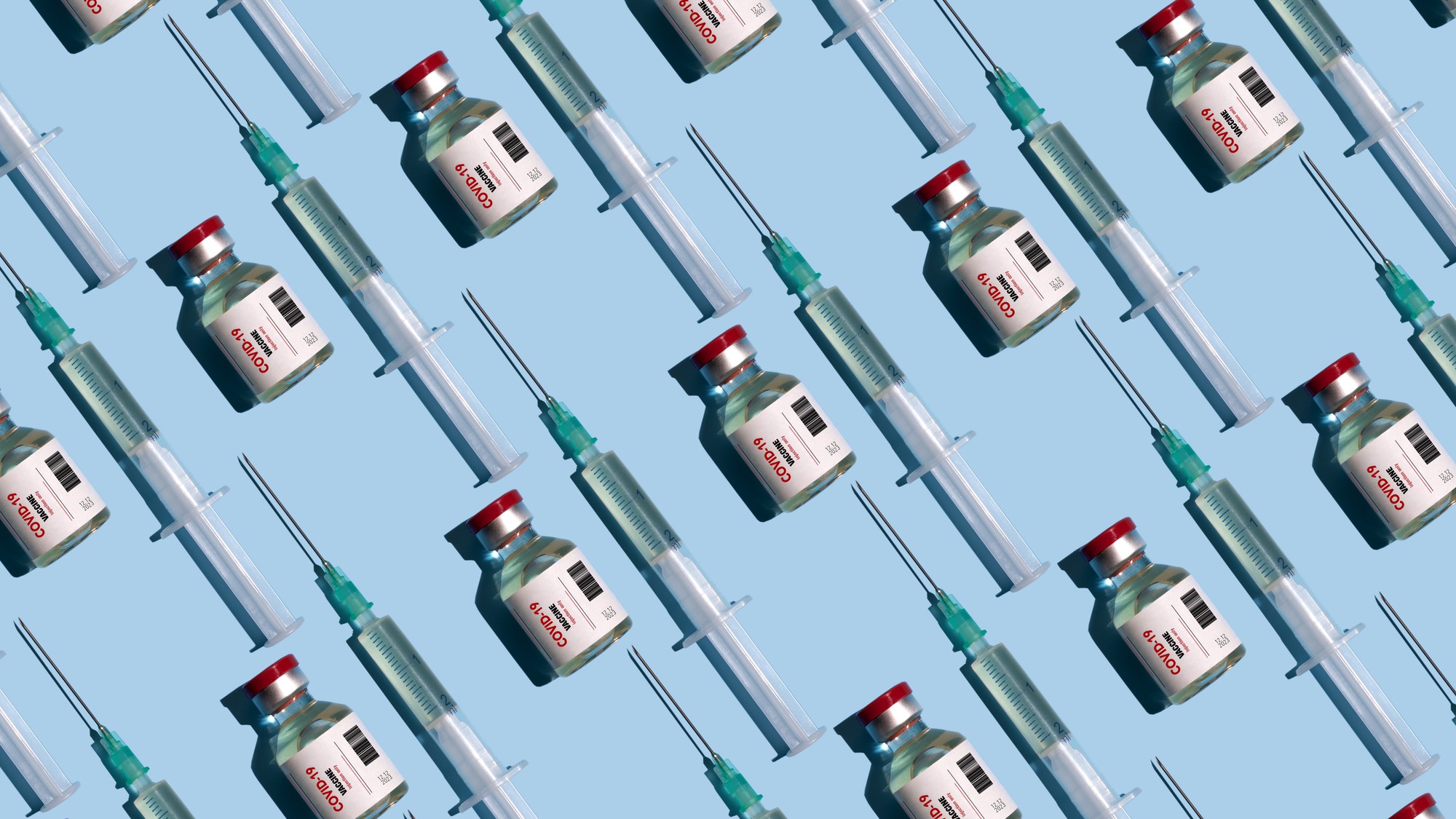Strep infections are rising in the US
The cases have more than doubled in 10 years


Cases of group A streptococcus (GAS) have been on the rise in the past decade. The bacteria can cause a range of diseases that span from mild to deadly. In addition, the bacteria are diversifying and growing harder to treat, with some strains becoming increasingly antibiotic-resistant.
Strepping up to the plate
Invasive strep A infections increased in the U.S. between 2013 and 2022, according to a study published in the Journal of the American Medical Association. This jump comes after 17 years of stability in the number of cases. Incidence was "particularly high among those 65 years or older, American Indian or Alaska Native persons, residents of long-term care facilities, people experiencing homelessness and people who inject drugs," the study said.
The study identified over 21,000 total cases of GAS in 10 states over the nine years, including almost 2,000 deaths. Between 2013 and 2022, the incidence of the bacteria increased from 3.6 to 8.2 cases per 100,000 people, and the number of cases rose from 1,082 to 2,759 per year. "When you see this high number of deaths, extrapolate that across the country — we're probably well into more than 10,000 deaths," Dr. Victor Nizet, a professor of pediatrics at the University of California, San Diego, said to NBC News.
The Week
Escape your echo chamber. Get the facts behind the news, plus analysis from multiple perspectives.

Sign up for The Week's Free Newsletters
From our morning news briefing to a weekly Good News Newsletter, get the best of The Week delivered directly to your inbox.
From our morning news briefing to a weekly Good News Newsletter, get the best of The Week delivered directly to your inbox.
Strep infections are usually associated with strep throat, a relatively mild infection that can cause a sore throat, fever and swollen lymph nodes. However, strep A can also have much worse outcomes, including sepsis, toxic shock syndrome and necrotizing fasciitis, which is a flesh-eating bacterial infection. "Not all group A strep are the same," said Dr. Robert Frenck, the director of the Vaccine Research Center at Cincinnati Children's Hospital and the chair of the section on infectious diseases at the American Academy of Pediatrics, to Time. There are several different types of GAS, and the "different types circulate at different times," Frenck added. "You can go for years without certain types circulating, and then all of a sudden, they will come back."
Harder to beat
While researchers are still studying whether the bacteria are evolving to become more severe, the likely cause of the increased infections is pre-existing conditions. Adults over 65, especially those who are in long-term care facilities, part of the homeless population or IV drug users, were most at risk. "All of these people might have weaker immune systems or are more prone to skin sores or lesions — a main risk factor for invasive strep," said Time. "Underlying health conditions such as diabetes, obesity and heart disease can also increase the risk that a common strep infection can become invasive."
The rise in GAS is cause for concern because the bacteria appear to be becoming more resistant to treatment. In any form, "invasive GAS can be insidious and unpredictable, testing the lifesaving capacity of even the world's most advanced medical facilities," Joshua Osowicki, a researcher with the Royal Children's Hospital Melbourne, said in an editorial published along with the study.
Antibiotics are used to treat strep infections, but the new diversity of GAS may be causing antibiotic resistance. Penicillin is most commonly used to treat strep, but other antibiotics, including macrolides and clindamycin, can be used for more severe cases. The recent study found that GAS was becoming more resistant to these supplemental antibiotics. There is also no vaccine against GAS. "In the past, any number of classes of antibiotics could treat group A strep infections very, very effectively," said Dr. William Schaffner, a coauthor of the new study. "Now we have to be much more careful; you have to know what antibiotic profile of strep are circulating in your neck of the woods."
A free daily email with the biggest news stories of the day – and the best features from TheWeek.com
Devika Rao has worked as a staff writer at The Week since 2022, covering science, the environment, climate and business. She previously worked as a policy associate for a nonprofit organization advocating for environmental action from a business perspective.
-
 Which side is JD Vance taking in MAGA’s infighting?
Which side is JD Vance taking in MAGA’s infighting?Today’s Big Question GOP insiders are battling over antisemitism with an eye on 2028
-
 Campus security is in the public eye again after the Brown shooting
Campus security is in the public eye again after the Brown shootingTalking Points Questions surround a federal law called the Clery Act
-
 9 new cookbooks begging to be put to good winter use
9 new cookbooks begging to be put to good winter usethe week recommends Booze-free drinks, the magic versatility of breadcrumbs and Japanese one-pot cooking
-
 Deaths of children under 5 have gone up for the first time this century
Deaths of children under 5 have gone up for the first time this centuryUnder the radar Poor funding is the culprit
-
 A fentanyl vaccine may be on the horizon
A fentanyl vaccine may be on the horizonUnder the radar Taking a serious jab at the opioid epidemic
-
 Vaccine critic quietly named CDC’s No. 2 official
Vaccine critic quietly named CDC’s No. 2 officialSpeed Read Dr. Ralph Abraham joins another prominent vaccine critic, HHS Secretary Robert F. Kennedy Jr.
-
 This flu season could be worse than usual
This flu season could be worse than usualIn the spotlight A new subvariant is infecting several countries
-
 More adults are dying before the age of 65
More adults are dying before the age of 65Under the radar The phenomenon is more pronounced in Black and low-income populations
-
 Scientists have developed a broad-spectrum snake bite antivenom
Scientists have developed a broad-spectrum snake bite antivenomUnder the radar It works on some of the most dangerous species
-
 Covid-19 mRNA vaccines could help fight cancer
Covid-19 mRNA vaccines could help fight cancerUnder the radar They boost the immune system
-
 Peanut allergies have plummeted in children
Peanut allergies have plummeted in childrenUnder the radar Early introduction could be an effective prevention method
